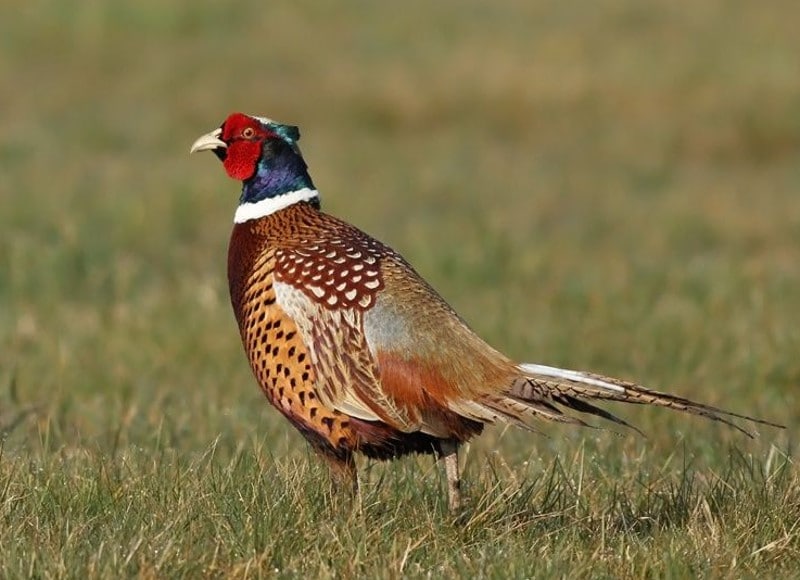Acclimatized in Europe since the early Middle Ages, hunting has considerably reduced pheasant populations despite the periodic contributions of farmed pheasants.
These are released in January and breed in the field, or they are released only when hunting: in this...
Hello,
You must be a subscriber to read the rest of this article, its links and its images.
The subscription to the complete reading of the site is at 1 €uro per month, without any commitment.
If you already have a current subscription, please log in using the form below.
Otherwise you can subscribe here.

